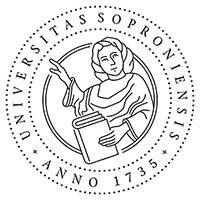Eminent Researchers of the Self -Directed Learning in the Second Part of the 20th Century
Abstract
Self-directed learning (SDL) has become one of the key concepts in adult education in the second part of the 20th century, inspiring many important research studies in the USA, Canada and the UK which claimed that adults typically spent five to seven hundred hours in self-directed learning each year. Researchers also claimed that much of this self-directed learning was enjoyable and effective, based on the cooperation of local communities and natural learning networks. During the 1970s and early 1980s it became obvious that many of our stereotypical expectations about the nature of adult learning were being challenged or contradicted including the role of the teacher as adult educator. The SDL researchers have come close to accepting a new orthodoxy that all adults are natural self-directed learners. In this paper we reflect on the last forty years of studies by English speaking researchers in the field of self-directed learning. We review the research and theory initiated and popularized by M. S. Knowles and A. M. Tough. We collect and evaluate the main findings of the eminent researchers and theorists of this field like D. W. Livingstone, D. Boud, P. R. Penland, H. B Long, L. M. Guglielmino, R. M. Smith, J. Mezirow, L. F. Odd, S. B. Merriam, R. S. Caffarella, S. Brookfield, M. G. Moore, J. P. Thiel and the Nottingham Andragogy Group. Our purpose in this historical summary paper is to take stock of findings because the publications on this field were not translated and disseminated in Hungarian. Our selected overview tries to convey principles of self-directed learning for future educational research and practice.
Downloads
Published
Issue
Section
License
Copyright (c) 2008 Pordány Sarolta

This work is licensed under a Creative Commons Attribution-NonCommercial-NoDerivatives 4.0 International License.








